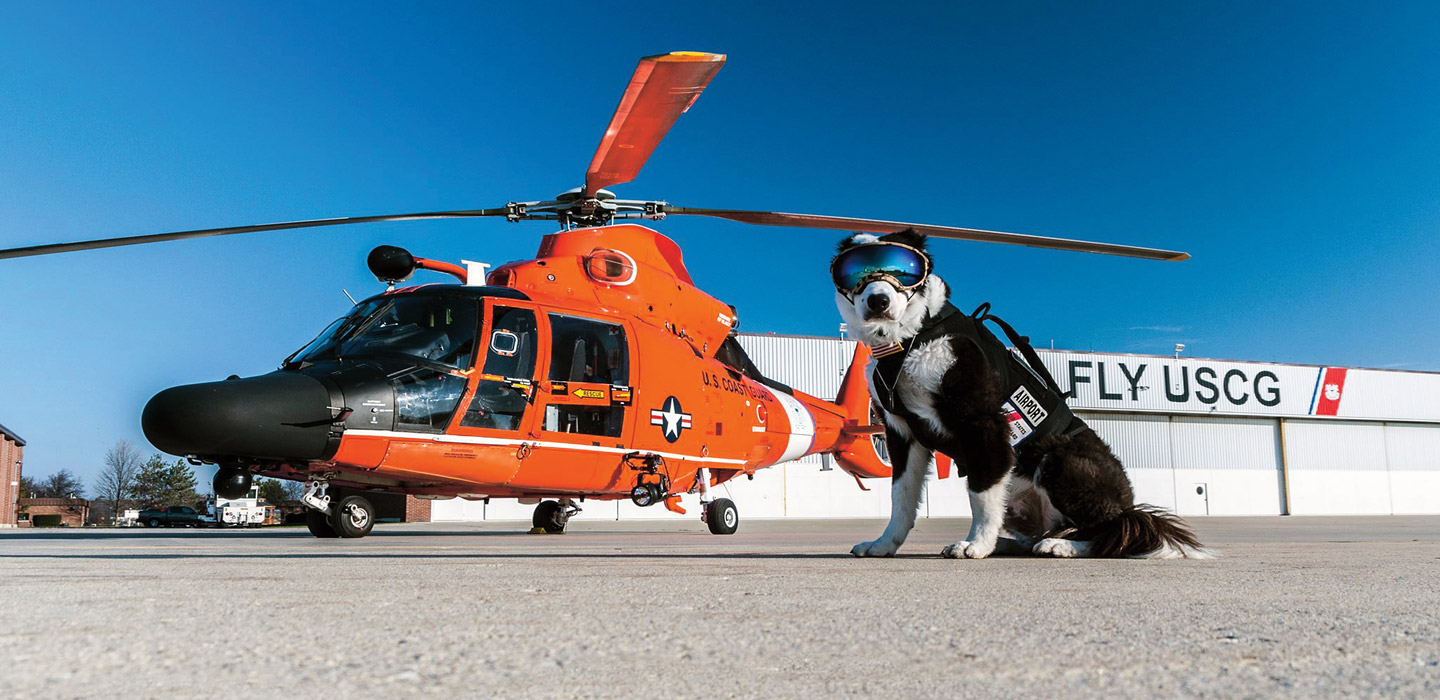Piper looks out onto a snowy runway at Cherry Capital Airport in Traverse City, Michigan. Through his safety goggles, he spies what he’s been searching for: the small, gleaming eyes of a red fox. Piper is off in a flash, sprinting toward the animal. He easily scares the fox away.
Piper is different from most airport security guards. He’s a furry, 8-year-old border collie! The dog keeps runways clear of wild animals so that planes can take off and land safely.
It’s an important job. Wildlife strikes, or collisions between airplanes and animals, damage planes and hurt or kill wildlife. Usually, passengers don’t notice collisions, and planes land safely. But wildlife strikes cause about $900 million in damage each year.
To prevent these accidents, some airports employ dogs like Piper to chase animals away. Scientists and airport staff may also step in to shoo creatures away from runways.
Piper looks out onto a snowy runway. It’s at Cherry Capital Airport in Traverse City, Michigan. He looks through his safety goggles. Then he spots something: a small red fox. Piper is off in a flash. He sprints toward the animal. He easily scares the fox away.
Piper isn’t like most airport guards. He’s a furry 8-year-old border collie! The dog keeps runways clear of wild animals. That allows planes to take off and land safely.
It’s an important job. Wildlife strikes happen when airplanes and animals crash into each other. Strikes damage planes and hurt or kill wildlife. Passengers don’t usually notice these crashes. And planes land safely. But wildlife strikes cause about $900 million in damage each year.
Some airports hire dogs like Piper to chase animals away. Scientists and airport staff may also help shoo creatures away from runways.

